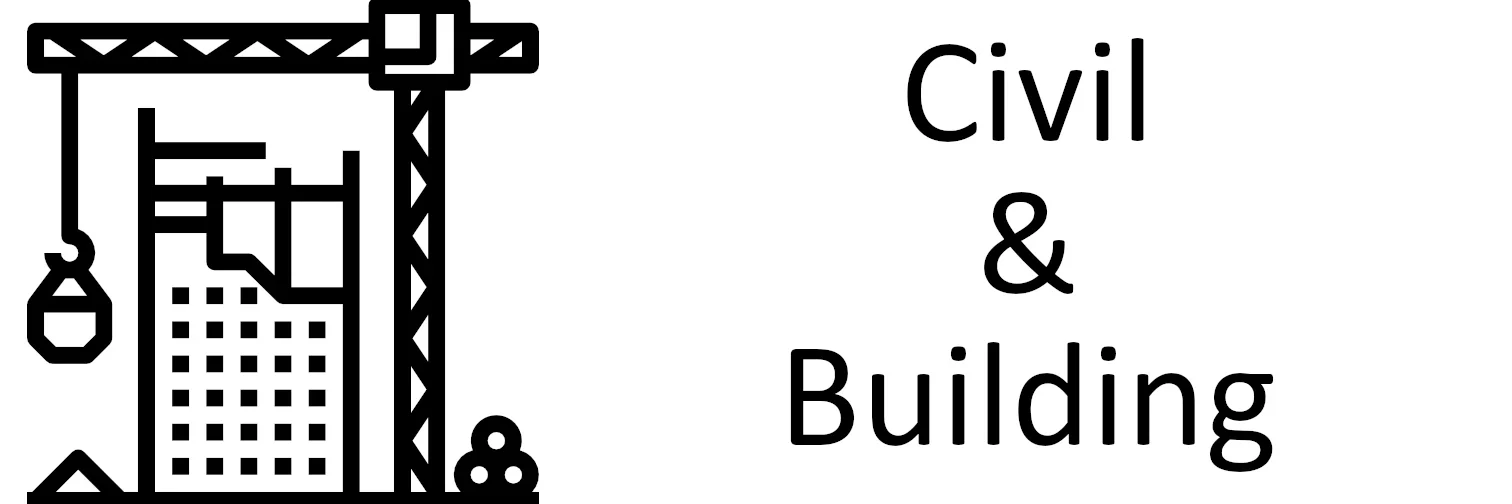Introduction
Concrete is one of the most commonly used and flexible construction materials found all over the world. Its origins are impressive and deep-rooted, with a history that leads back to ancient civilizations. As we move from the magnificence of Roman structures to the leading-edge engineering miracles of modernity, the evolution of concrete illustrates human progress and structural prowess. In this blog, we will look at the amazing journey of concrete, from the early days in ancient Rome until now as an integral component of modern engineering.
Ancient Rome: The Creation of Concrete
The saga of concrete begins in ancient Rome, where developers first developed an element known as “opus caementicium.” This earlier form of concrete was composed of volcanic ash, lime, and a form of natural cement. Roman engineers resorted to opus caementicium to construct some of the most remarkable and lasting structures in history, including the Colosseum, the Pantheon, and the aqueducts.
A major development of Roman concrete was the incorporation of pozzolana, a type of volcanic ash that acted as a binding agent when blended with lime. This allowed Romans to create concrete that was strong and capable of setting beneath the surface of the water, a major step forward in constructing bridges, piers, and other structures that required submerging.
The Demise of Roman Concrete
Despite its exceptional characteristics, the process of Roman concrete was lost to history after the fall of the Roman Empire. For centuries, concrete technology was stagnant, with workers forced to use inferior materials like stone and brick.
Rediscovery and Reinvention
The resurgence of concrete occurred during the Renaissance and thence the 18th and 19th centuries when there was a rekindling of enthusiasm for ancient Roman architecture. Engineers and architects experimented with concrete mixes, looking for different ways to replicate the sturdiness of Roman concrete.
Then, in the 19th century, the emergence of Portland cement altered the construction industry completely. This modern cement was dubbed “Portland” after the Isle of Portland in England where it was pioneered. It was manufactured by heating limestone and clay to a high temperature, resulting in a powder that, upon blending with water, would harden into an incredibly strong and utilitarian binding substance.
The Modern Era: Reinforced Concrete and Beyond
The late 19th and early 20th centuries heralded the development of reinforced concrete, a revolutionary combination of concrete and steel that vastly increased its robustness and flexibility. This advance enabled architects and engineers to construct larger buildings, longer bridges, and even more audacious architectural designs.
In the 20th century, concrete technology progressed quickly. Builders developed a variety of specific concretes, including high-strength concrete, self-healing concrete, and ultra-high-performance concrete (UHPC), which opened up more chances for construction projects and allowed buildings to be more robust and sustainable.
Modern Engineering Marvels
Nowadays, concrete is by far the most applied construction material around the world, and its uses are practically countless. From towers that reach record heights to elaborate infrastructure undertakings, concrete is at the core of modern engineering.
A remarkable illustration of current concrete technology is the Burj Khalifa in Dubai, currently the globe’s tallest skyscraper. Its foundation and core are constructed with high-strength concrete, allowing it to stand 828 meters high.
Furthermore, recent research is centered on producing environmentally friendly concrete mixtures that lower carbon dioxide emissions and diminish ecological impact. These sustainable concrete formulations offer the potential present of making construction more eco-friendly in the future.
Conclusion
The evolution of concrete from its ancient Roman roots until now as a fundamental part of modern engineering is proof of human innovation and intellect. Concrete has been able to stand the trial of time and remains a vital element in construction, allowing the building of captivating structures that shape our world. As we move forward with concrete technology, the possibilities for even more sustainable, long-lasting, and architecturally bold structures are infinite, making sure that concrete will carry on being an indispensable part of constructing the future.
